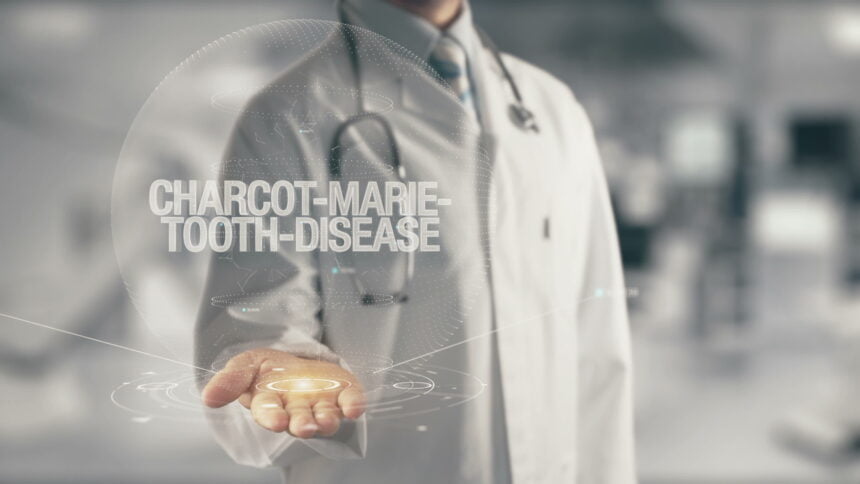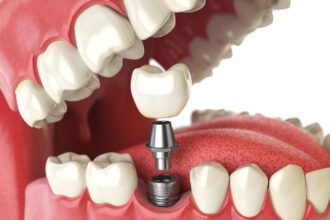Imagine your body as a vast network of highways, with messages zooming back and forth between your brain and the rest of your body. Now, envision if those highways deteriorated, causing messages to slow down or get lost altogether. This is similar to what happens in Charcot-Marie-Tooth (CMT) disease, a group of inherited disorders that affect the peripheral nerves. Knowing how CMT works and its signs are crucial for early detection. Let’s take a closer look at what CMT is and the signs that might indicate its presence.
What Is Charcot-Marie-Tooth Disease (CMT)?
CMT disease affects the peripheral nerves, which connect the muscles, spinal cord, and the rest of the body to the brain. This condition causes muscle weakness, numbness, tingling, and muscle atrophy. It was named after the three doctors who discovered it.
Charcot-Marie-Tooth disease is a genetic disorder that damages and degenerates the nerves, resulting in weaker signals between the brain and different parts of the body. This affects movement and sensation, especially in the hands and feet. This is caused by changes in certain genes, which can result in difficulty feeling heat, cold, and pain.
Signs of Charcot-Marie-Tooth Disease
- Muscle weakness and atrophy: CMT primarily affects the peripheral nerves responsible for muscle movement and sensation. One of the key indicators of CMT is weakness in the feet and lower leg muscles. This can lead to difficulties lifting the foot at the ankle, commonly known as foot drop, which can cause higher-than-normal stepping and tripping. People with CMT may experience a noticeable decrease in muscle mass. Such symptoms usually emerge during adolescence or early adulthood but can affect individuals of any age. It is essential to seek medical attention if these symptoms are present to receive an accurate diagnosis and appropriate treatment.
- High arches or flat feet: People with CMT disease commonly experience changes in the shape of their feet. High arches are a particularly common characteristic of the condition, but some people develop flat feet due to muscle weakness. These changes can result in discomfort and balance difficulties. It is imperative for individuals with CMT to be aware of these potential foot alterations. It’s critical to seek medical care and support to manage any related symptoms.
- Numbness or tingling in the extremities: As CMT disease progresses, it can affect the nerves that provide sensation, causing numbness, tingling, or a burning sensation in the hands and feet. These symptoms can significantly impact your quality of life, so it’s important to be aware of them and seek medical attention if you experience any of them.
- Decreased reflexes: It is not uncommon for reflexes such as knee-jerk responses to weaken or disappear due to various neurological conditions. This can occur when the signals transmitted through the affected nerves are slower than usual. It is important to note that this phenomenon is a result of the underlying neurological condition and may require medical attention. Decreased reflexes can be a sign of a more serious underlying condition and should not be ignored. It is important to discuss any changes in reflexes with your doctor. In some cases, physical therapy or other treatments may be recommended.
- Hand weakness and decline in motor skills: CMT often starts in the feet and legs but can also affect the hands and arms as it progresses. This can cause weakness in the hands, making it hard to do tasks that require fine motor skills, like buttoning a shirt or writing. In addition, muscle mass in the hands can decrease. This can cause difficulty with gripping items, and people may experience difficulty using their hands when manipulating objects.
Diagnosing and Managing CMT
Consulting with a healthcare professional is crucial if you or someone you know exhibits these symptoms. While there is currently no cure for CMT, an early diagnosis can significantly improve your quality of life. Management strategies may include physical and occupational therapy, orthopedic devices, pain management, and sometimes surgery to correct deformities. Genetic testing can now diagnose CMT and identify your specific type of disease. This type of testing is essential in understanding how it progresses and how it is inherited. This data is valuable to the person with the disease and his or her family members.
Detecting and managing CMT in the earliest stages is critical to maintaining mobility, independence, and quality of life. If you notice any of the signs of CMT listed in this article, contact your healthcare provider right away.









